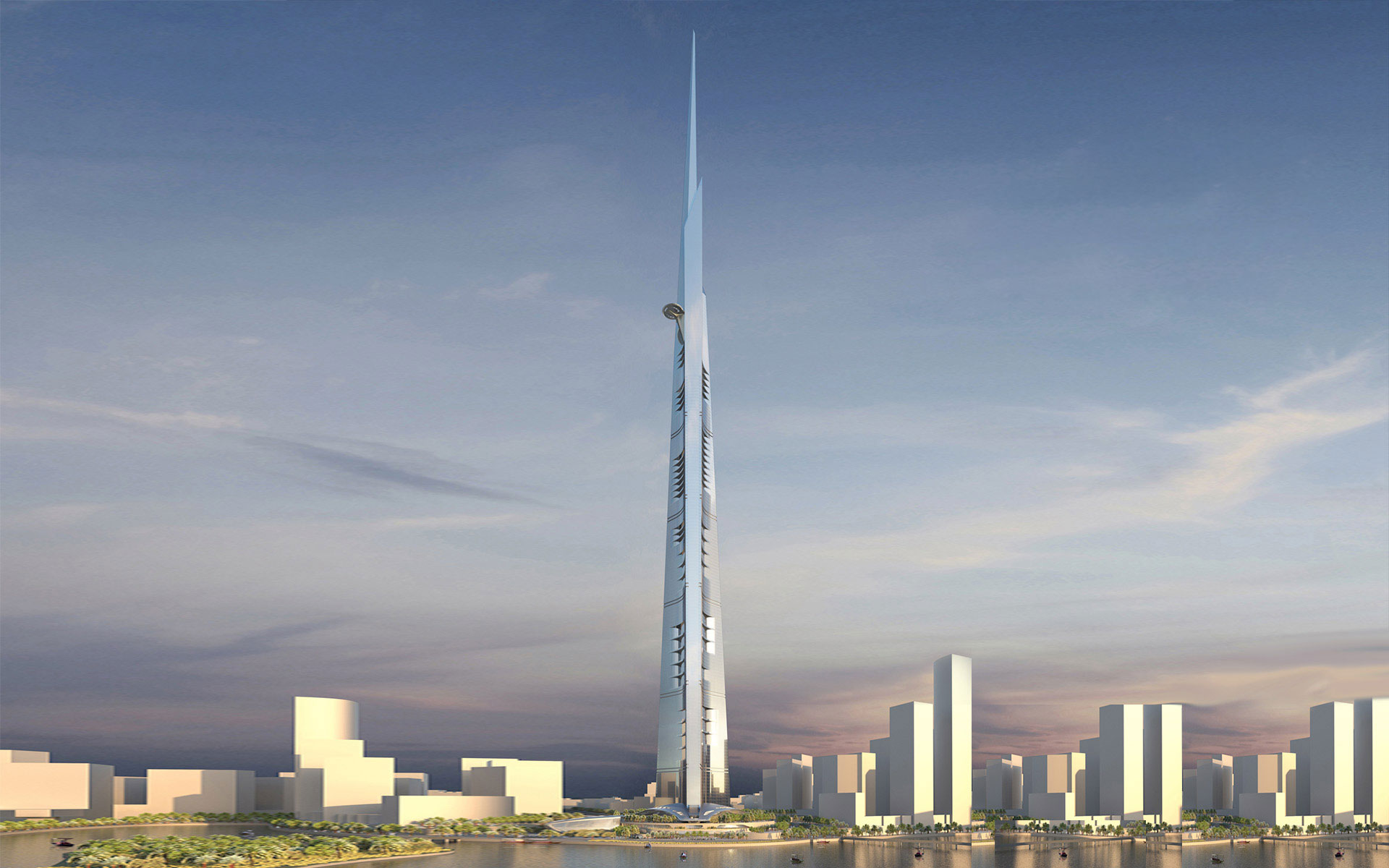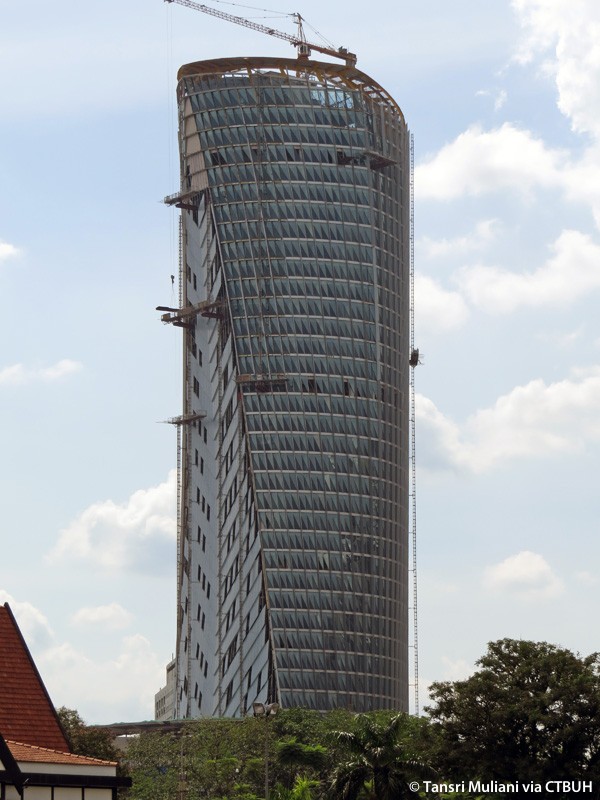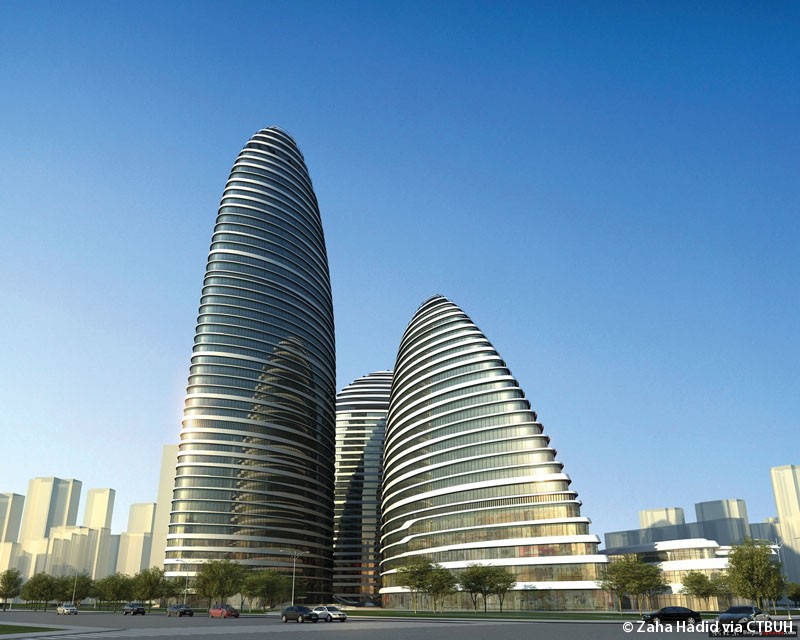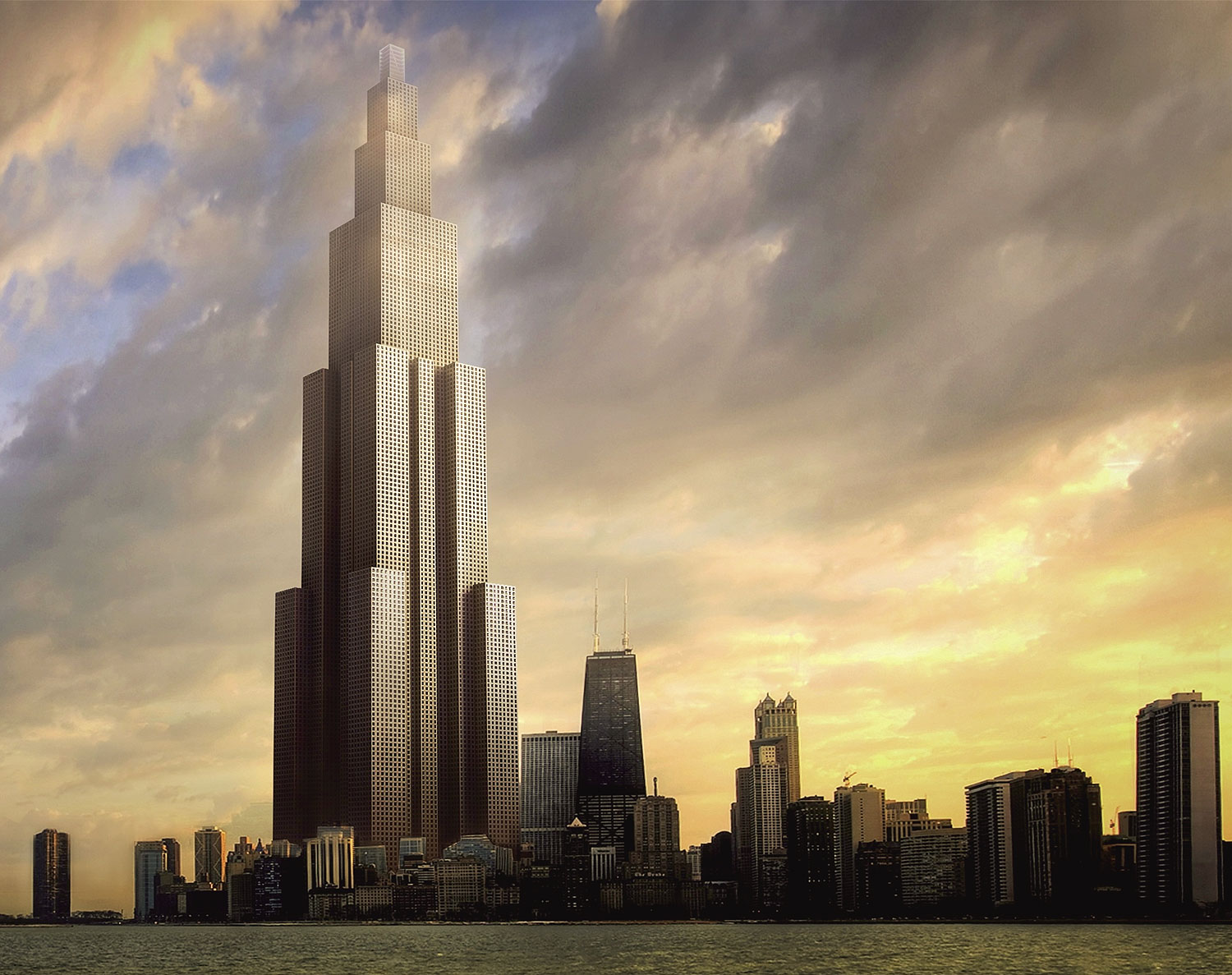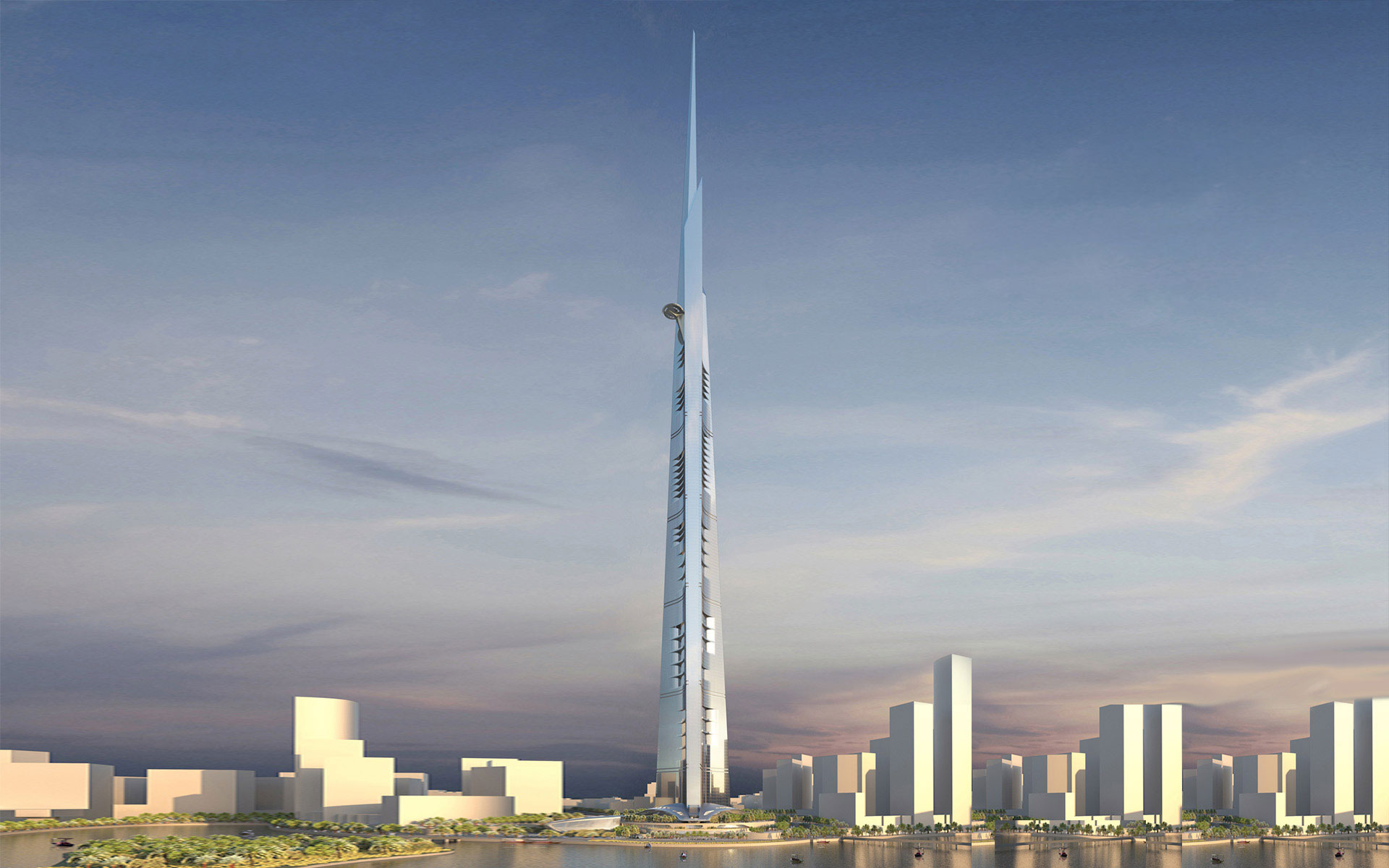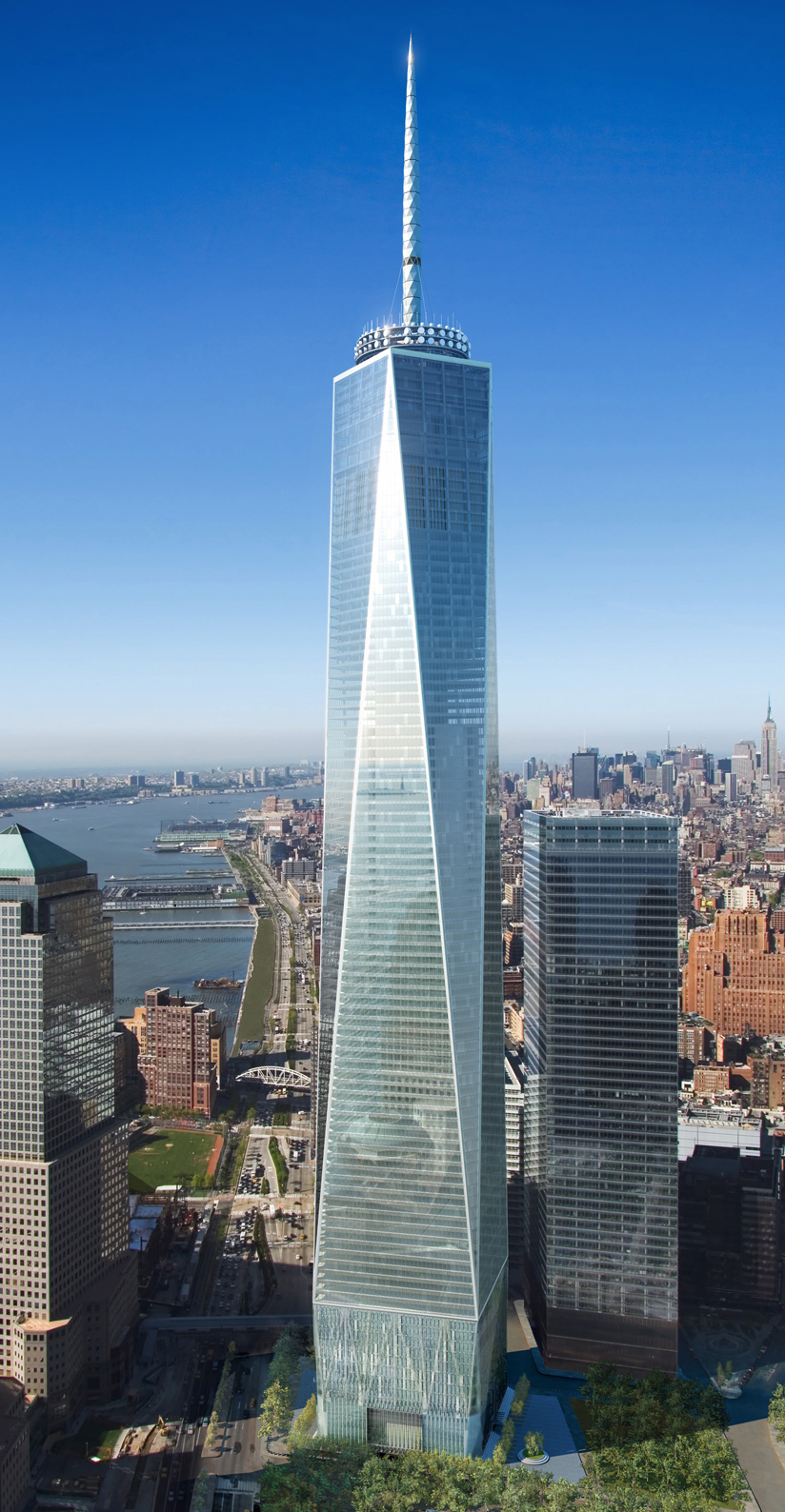Each year, high-rise building experts from the Council on Tall Buildings and Urban Habitat (CTBUH) release their predictions for the worldwide skyscraper industry. They also recap the top tall-building news from the previous year (see "2013: The year of the super-tall skyscraper").
Looking ahead to 2014, CTBUH's Daniel Safarik and Antony Wood predict that between 65 and 90 buildings of 200 meters or more will completed by the end of the year, with as many as 13 projects exceeding the 300-meter barrier. If they're right, 2014 will be a record-setting year for skyscraper construction.
In their report, Safarik and Wood highlight eight major trends and developments in 2014:
1. The Torre Costanera, at 300 meters, will be South America’s tallest building and its first in the 'supertall' category (300 to 399 meters)
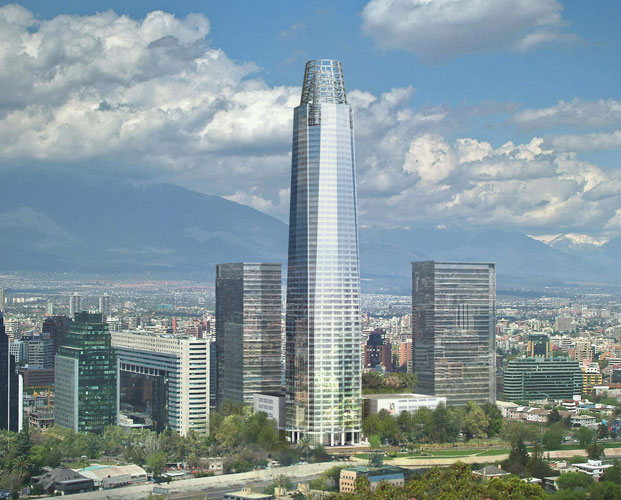
More on the Torre Costanera project via CTBUH
2. Twisting towers will continue to enter the vanguard of tall in 2014.
The KKR2 Tower of Kuala Lumpur, Malaysia (pictired), and the Spine Tower of Istanbul, Turkey, lead the list of new twisting towers.
3. A typically curvaceous Zaha Hadid-designed tower, the Wangjing SOHO T1, will open in Beijing this year.
This building was the subject of piracy rumors early last year when a highly similar tower group, the Meiquan 22nd Century in Chongqing, was revealed. The race is on in earnest to see if the original finishes before the “copy.”
4. The Shanghai Tower finished its concrete core in 2013.
The 632-meter tower, originally set to complete in 2014, will boast the world’s fastest elevators, as well as innovative use of double skins and sky lobbies. Its construction has been and will continue to be one of the most closely watched spectacles in the tall-building universe. Even if the completion date slips into 2015, as now seems likely, Shanghai Tower will likely be China’s tallest building for at least a period of time, depending on the progress of rivals Ping An Finance Center (660 meters), Wuhan Greenland Center (636 meters), and possibly Sky City J220.
5. The China Broad Group’s Sky City J220, an 828-meter, 220-story building to be constructed entirely of prefabricated modules, may or may not have gotten underway, according to conflicting reports, and may or may not complete in 2014.
Either way, the world will be watching. Unshaken by skeptical peers and media and bureaucratic hurdles, Broad Group Chairman Zhang Yue has vowed the project – aiming to become the world’s tallest before Kingdom Tower takes the title – will continue.
6. Kingdom Tower, set to become the world’s next-tallest building at 1,000 meters, broke ground in Jeddah, Saudi Arabia, in 2013.
The industry will be closely watching its out-of-ground progress in 2014. Intended to evoke a bundle of leaves shooting up from the ground, the faceted three-wing tower will cost $1.2 billion to construct and contain 167 floors.
7. When completed in 2014 at its intended, symbolic 1,776 feet (541 meters), One World Trade Center in New York will gain status as North America’s tallest building.
The announcement of CTBUH’s ratification of this height in 2013 drew commentary from the global press, Chicago mayor Rahm Emmanuel, and television comedian Jon Stewart—so a little more buzz when we “make it official” in 2014 can be expected.
8. The first of the crop of “superslim” towers in Midtown Manhattan, the 306-meter One57, will be completed, upping the ante for its even-slimmer rivals along 57th Street.

More on the One57 project via CTBUH
Read CTBUH's full report: "Year in Review: Tall Trends of 2013"
Related Stories
| Apr 12, 2011
BIM Grows Up: Separating Hype from Reality in a 3D World
While BIM adoption still lags in both design and construction, some enterprising owners, architects, and contractors are unlocking the potential of this dynamic technology.
| Apr 12, 2011
Metal cladding: Enhancing design with single-skin panels, MCMs, and IMPs
Single-skin metal panels, metal composite panels, and insulated metal panels can add both aesthetic and functional value to your projects, if you use them correctly.
| Apr 12, 2011
American Institute of Architects announces Guide for Sustainable Projects
AIA Guide for Sustainable Projects to provide design and construction industries with roadmap for working on sustainable projects.
| Apr 11, 2011
Wind turbines to generate power for new UNT football stadium
The University of North Texas has received a $2 million grant from the State Energy Conservation Office to install three wind turbines that will feed the electrical grid and provide power to UNT’s new football stadium.
| Apr 8, 2011
SHW Group appoints Marjorie K. Simmons as CEO
Chairman of the Board Marjorie K. Simmons assumes CEO position, making SHW Group the only firm in the AIA Large Firm Roundtable to appoint a woman to this leadership position
| Apr 5, 2011
Zaha Hadid’s civic center design divides California city
Architect Zaha Hadid is in high demand these days, designing projects in Hong Kong, Milan, and Seoul, not to mention the London Aquatics Center, the swimming arena for the 2012 Olympics. But one of the firm’s smaller clients, the city of Elk Grove, Calif., recently conjured far different kinds of aquatic life when members of the City Council and the public chose words like “squid,” “octopus,” and “starfish” to describe the latest renderings for a proposed civic center.
| Apr 5, 2011
Are architects falling behind on BIM?
A study by the National Building Specification arm of RIBA Enterprises showed that 43% of architects and others in the industry had still not heard of BIM, let alone started using it. It also found that of the 13% of respondents who were using BIM only a third thought they would be using it for most of their projects in a year’s time.


